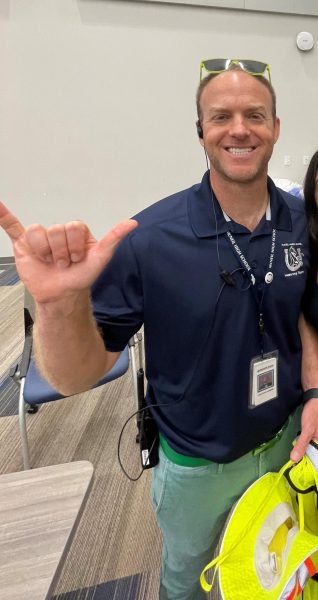Snares of the World Wide Web and It’s Mother, Media
In modern America, things are increasingly starting to become digitalized and on the Internet. There are online classes, tutorials, books, and people can practically search anything on the Web.
The Pew Research Center, an association that covers statistics and analysis about scientific research, reports 93 percent of teens ages 12‐17 go online. In addition Pew states that teens and young adults are still the leading groups to use the Internet, even when the Internet usage among all age groups has risen.
Being technologically developed does not mean everything is filled with sunshine and rainbows. Sometimes the situation turns out to be the exact opposite.
With the exposure to the Internet, companies have used the easily accessible source as a haven for advertisements. Studies show that 71 percent of ad spending in America was on the online market in 2012. Now with an increasing number of people in the United States hooked on the Internet, this percentage will only rise. Because of this, many students have been sidetracked and impacted by using technology.
With around 1,300 freshmen and sophomores, McNeil’s laptop initiative has given students even more exposure to digital media and technology. Students are seen before and after school surfing the Web, finishing homework and playing games.
“Technology is my main source of procrastination,” sophomore Eleanor Wakou said. “I use it a lot. Per day, I probably spend about three or four hours on the Internet. I get home around 5 p.m. and try to sleep at [midnight], but that doesn’t always happen because of my phone.”
Wakou is not alone in this spreading situation. In the past, junior Albert Keam faced a similar problem.
“Technology can become a bother sometimes,” Keam said.
On a regular basis, he spends at least five hours on the Web.
In spite of this impending situation, there are a few individuals who resist the temptation of technological devices. Over experience and time, Keam has learned not to be sidetracked on the Web. Freshman Kayla Wolf made the same connection.
“I have to spend my day doing other things,” Wolf said. “I read, write, dance and do other stuff, of course. I’m not just on my phone or Internet.”
The World Wide Web is a readily-available resource. But whether the user is ensnared in the fine weavings of the web and traps of technology is for the individual to decide.
Your donation will support the student journalists of McNeil High School. Your contribution will allow us to purchase equipment and cover our annual website hosting costs.






